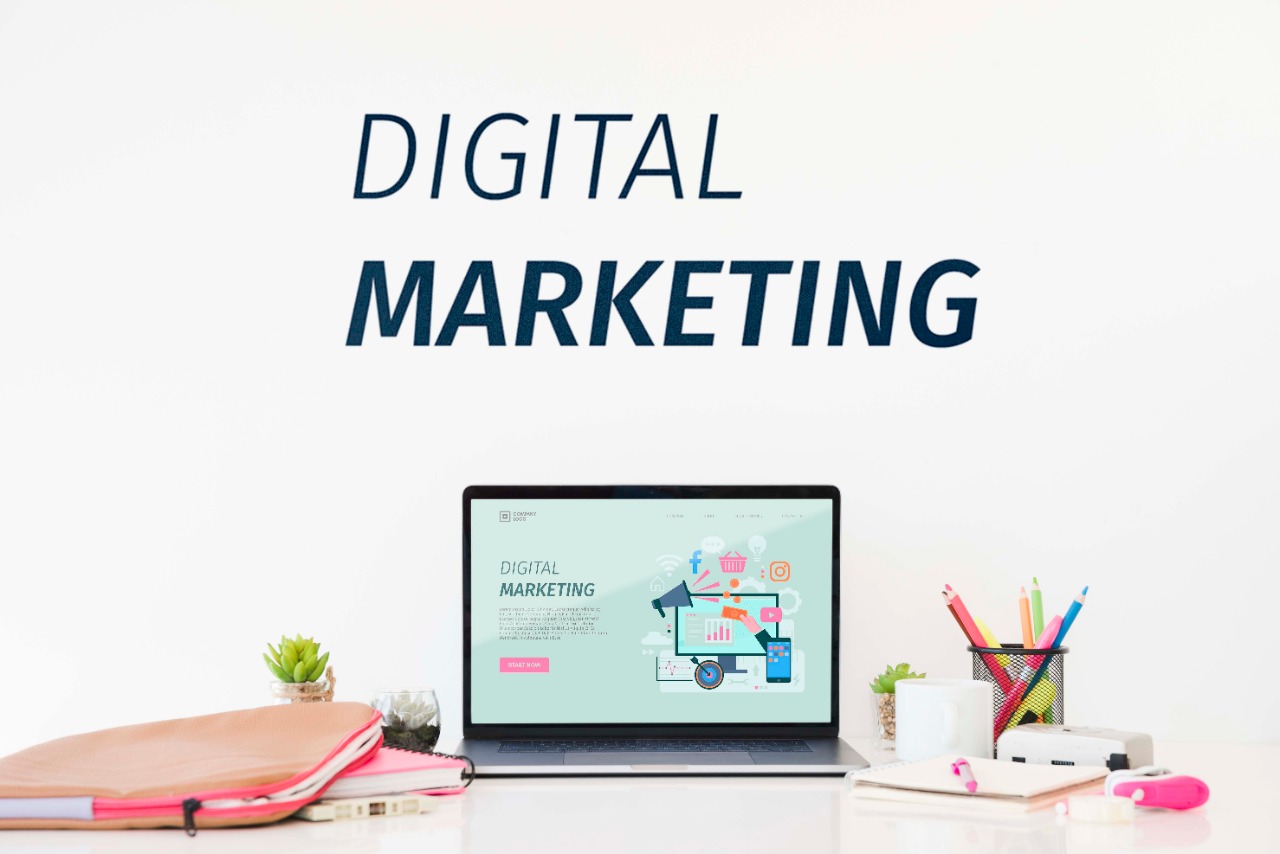The Rise of AI and Machine Learning in PLM
Artificial intelligence (AI) and machine learning (ML) are rapidly transforming Product Lifecycle Management (PLM). We’re seeing AI-powered tools assist in everything from design optimization and predictive maintenance to automating repetitive tasks and improving supply chain visibility. Imagine a system that can predict potential product failures based on historical data, allowing for proactive mitigation and reducing costly downtime. Or consider AI assisting in the design process, suggesting optimal material choices or configurations based on specific performance requirements. These advancements are not just incremental improvements; they represent a fundamental shift in how PLM operates, moving towards a more proactive and intelligent approach.
The Expanding Role of Digital Twins
Digital twins—virtual representations of physical products—are gaining significant traction in PLM. These highly detailed models allow engineers and designers to simulate real-world conditions, test different scenarios, and optimize performance before physical prototyping. This reduces development time, minimizes costly physical testing, and allows for a greater degree of innovation. Furthermore, digital twins can be constantly updated with real-world data from connected products, providing valuable insights into product performance and longevity throughout the entire lifecycle. This continuous feedback loop enhances the effectiveness of the entire PLM process.
Enhanced Collaboration and Data Management
Effective collaboration is crucial for successful product development, and PLM systems are becoming increasingly adept at facilitating this. Cloud-based PLM solutions are enabling teams across different geographical locations and organizations to work seamlessly on the same project. Improved data management capabilities ensure that everyone has access to the latest information, eliminating the risk of working with outdated or incorrect data. This leads to better decision-making, reduced errors, and streamlined workflows. The emphasis is shifting from siloed data to a more holistic, connected approach, allowing for a more efficient and collaborative product development process.
Sustainability and Circular Economy Considerations
Sustainability is no longer a niche concern but a critical factor in product development. PLM systems are evolving to incorporate environmental impact assessments throughout the product lifecycle. This allows companies to analyze the environmental footprint of their products from raw material sourcing to end-of-life disposal, identifying areas for improvement and minimizing their environmental impact. Furthermore, PLM systems are supporting the transition towards a circular economy by enabling product reuse, repair, and recycling. This trend involves tracking product components, optimizing design for disassembly, and managing end-of-life processes to minimize waste and maximize resource utilization.
The Internet of Things (IoT) and Connected Products
The integration of IoT technology with PLM is revolutionizing how products are managed throughout their lifecycle. By connecting products to the internet, manufacturers can collect real-time data on product performance, usage patterns, and environmental conditions. This valuable data can then be fed back into the PLM system to inform future design improvements, predict potential failures, and optimize maintenance schedules. The resulting insights lead to enhanced product quality, increased customer satisfaction, and reduced operational costs. This interconnected approach transforms PLM from a largely reactive system to a proactive and data-driven one.
Augmented and Virtual Reality (AR/VR) in PLM
AR and VR technologies are providing new and engaging ways to interact with product data within the PLM system. Engineers and designers can use AR/VR headsets to visualize 3D models in a more immersive and interactive way, allowing for a more intuitive understanding of product design and functionality. This can lead to improved design iterations, reduced errors, and faster product development cycles. Furthermore, AR can be used for training purposes, allowing technicians to receive step-by-step instructions for product assembly or maintenance directly overlaid onto the physical product itself. This enhances both training efficiency and product serviceability.
Blockchain Technology for Enhanced Security and Traceability
Blockchain technology offers the potential to significantly enhance security and traceability within PLM. By creating a secure, tamper-proof record of product information, manufacturers can prevent counterfeiting, track materials throughout the supply chain, and ensure the authenticity of their products. This increased transparency and security can improve brand reputation, enhance customer trust, and streamline regulatory compliance. The decentralized and immutable nature of blockchain makes it an attractive solution for managing sensitive product data and ensuring its integrity across the entire lifecycle.
The Importance of Skilled Professionals
As PLM systems become more sophisticated, the need for skilled professionals to manage and utilize these systems effectively is paramount. Organizations must invest in training and development programs to ensure their workforce possesses the necessary expertise to leverage the full potential of these advanced technologies. This includes expertise in areas such as data analytics, AI/ML, digital twin technology, and sustainable product development. A skilled workforce is crucial for successful PLM implementation and realization of its benefits. Click here to learn more about product lifecycle management software.










